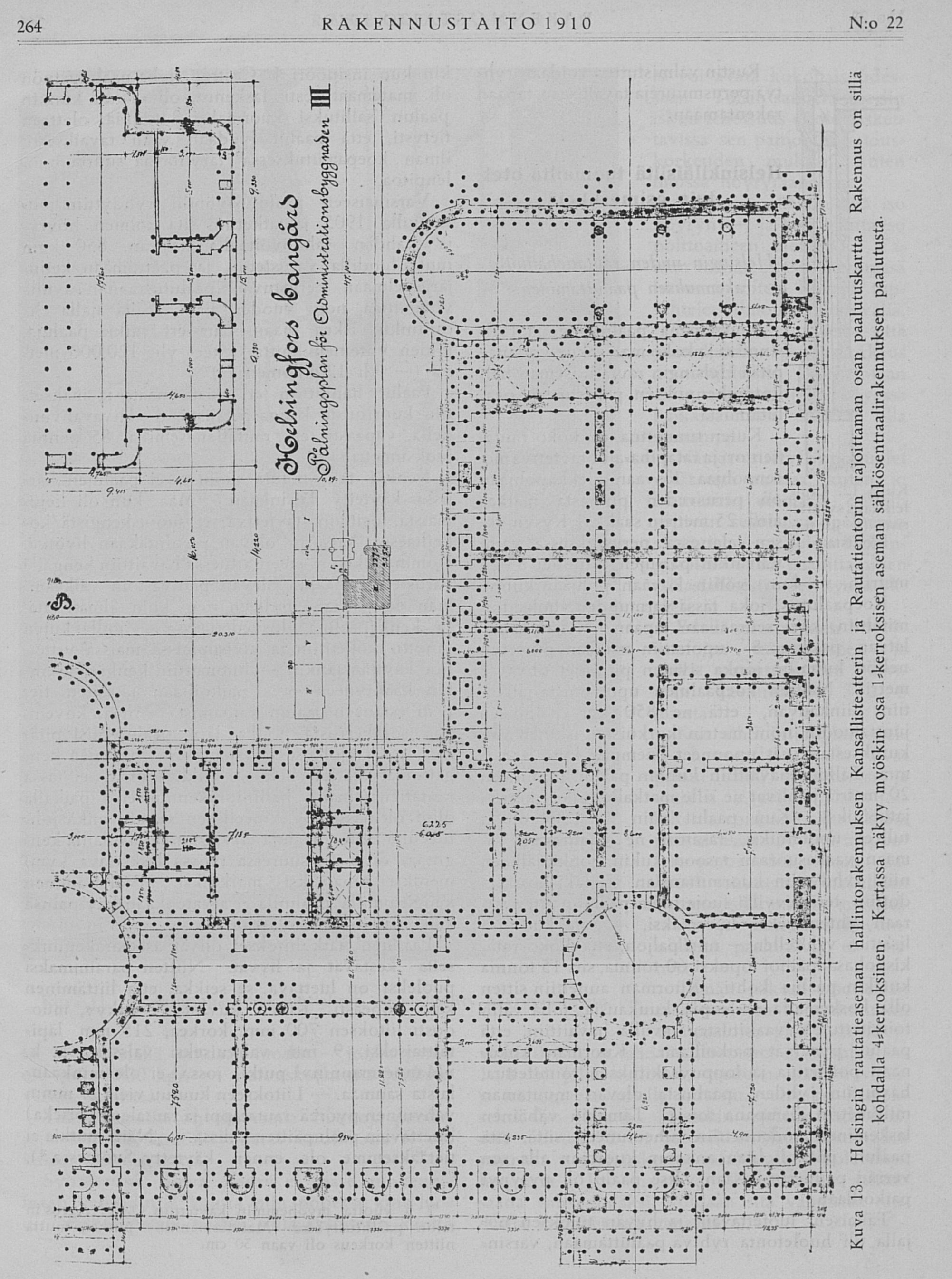In order to improve the accessibility to the digital materials, one of the thing the users have been desiring for is an API (application programming interface). Basically via API you can access the digital data you are interested about or as defined by the National Digital Library vocabulary in Finnish: “Ohjelmisto tai ohjelmistokomponentti, jolla eri ohjelmistot voivat vaihtaa tietoja keskenään”.
When reading the feedback we get about the digital collections of the National Library of Finland at http://digi.kansalliskirjasto.fi main feedback are about usage and functions of the user interface. However, we recently got a feedback mentioning an API. So how an API would respond to the user needs, and what kind of API would work best?
API Jam as catalyst
With the APIOps people we have been able to think about API both in both meta and practical level in couple of sessions already. In the last one we were discussing the overall lifecycle of API and at which point to involve the users.
For example, it was good to get brief comments of “lessons learnt” of API development, which where in short:
- Pick a user user story, but just one!
- Don’t over-design
- Versioning
In the core the first one is the key, in the sense that as in other software development it would be important to get some quick wins, so that the ball starts rolling. The second point also relates to that since, it is very easy to get carried away with all the technical thingymagics and details, but in the core, the user just wants the data, so serve that use case. Then versioining works quite well in there, because you can always ‘freeze’ the one version, but continue development for the other version – that way the users have option to move to the new one, when they are ready for the new features, but leaving still avenues open to implement new development and ideas.
What next?
Keep an eye of this page for the development, or send us ideas or feedback via the http://digi.kansalliskirjasto.fi -feedback functionality of what you would be interested to open up discussion and what kinds of things could be experimented together.

